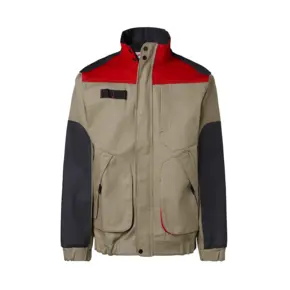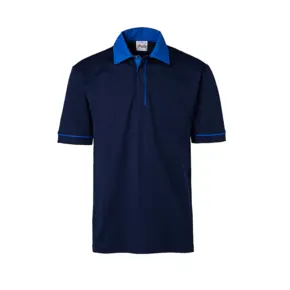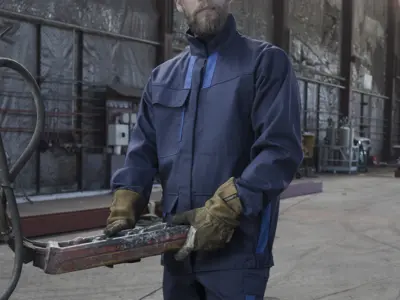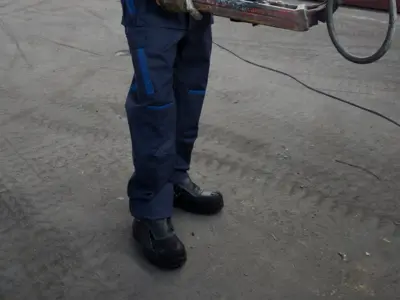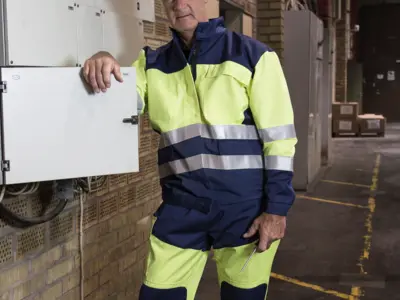Knee hygroma – EN standard 14404-1
In short
In order to protect their employees, employers are required to provide suitable personal protective equipment (PPE). In some professions, such as vehicle maintenance, gardening or tiling, people often work on their knees and thus have specific needs.
The EN 14404+A1 standard defines the level of protection provided by the protective reinforcement and the trousers, to ensure that the knee pockets are correctly positioned. This is determined through mechanical and ergonomic tests.
Risk of chronic illness
Kneeling while you work is not a natural working position. Without knee protection such as work knee pads or hygroma knee protection trousers, workers can suffer immediate injuries due to hard, rough surfaces, as well as discomfort.
These activities entail a risk of chronic disease such as prepatellar hygroma (bursitis) and cartilage damage caused by continuous pressure on the knees.
Knee hygroma is an occupational disease classified as an MSD (Musculo-Skeletal Disorder) affecting joints that are overworked.
Appropriate protection is thus recommended.
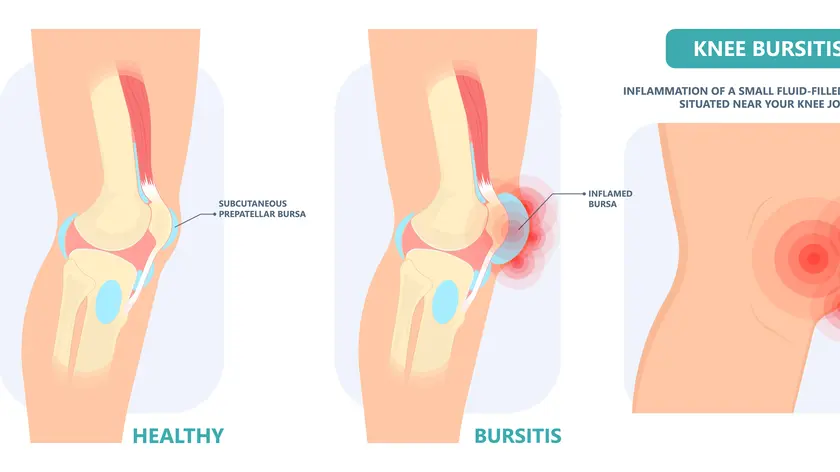
What the law states
-
Directive 89/686/EEC – Annex II §3.2
-
Standard EN 14404+A1
Levels of protection
Professional knee protection must meet the general requirements when used in the kneeling position as well as when moving around (walking) on the knees. The type of protection must be chosen in line with the intended use: inserted into the trousers (Type 2), worn over the trousers (Type 1) or placed directly onto the floor (Types 3 and 4).
Testing methods are determined based on the performance requirements and three performance levels are defined:
- Level 0: Only suitable for use on flat, smooth floors, offering no protection against penetration.
- Level 1: Suitable for use on flat or non-flat floors, offering protection against rough or sharp objects (up to 1 cm) lying on the floor. This level of protection offers resistance against penetration at a force of at least (100 ± 5) N.
- Level 2: Suitable for use on flat or non-flat floors in severe conditions such as rubble, broken rocks or mines, offering protection against rough or sharp objects greater than 1 cm. This level of protection offers resistance against penetration at a force of at least (250 ± 10) N.
The wearing of EN 14404+A1-certified PPE prevents chronic diseases related to work in a kneeling position. However, it is not possible for the manufacturer to guarantee that the use of CE knee protection will mean workers do not suffer medical complications if they have to kneel for long periods.
To which professions does it apply to?
-
List of the professions affected by the norm
What does Elis guarantee?
To protect your employees from the risk of knee hygroma, Elis makes trousers specifically to protect against this complaint: Epishock which meet the requirements of the EN 14404-1 standard.
Perfectly suited for kneeling work, these trousers have a reinforced inseam and knee pockets designed to hold a protective insert.
To guarantee the robustness of its PPE, Elis carries out washing and material resistance tests specifically for each type of protection. Ergonomic tests are also conducted to validate the correct placement of the knee pads thus ensuring optimum protection for the wearer.
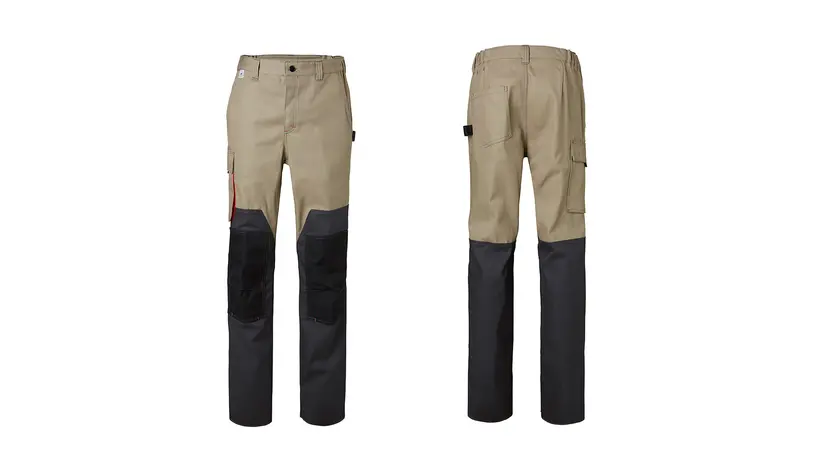
Complementary products
Elis supplies PPE tailored to each risk
As a supplier of personal protection equipment (PPE), Elis is here to help you protect your employees, providing workwear tailored to each risk:
- Knee hygroma risk
- Thermal risks and welding activities
- Multi-hazard including protection against liquid chemical splashes
- Risks of poor visibility
Ask for a quotation
If you need information or a quote for your project, our teams are here to help. Contact us!
*Required fields
Account details









